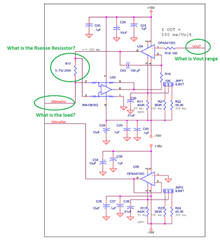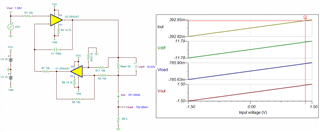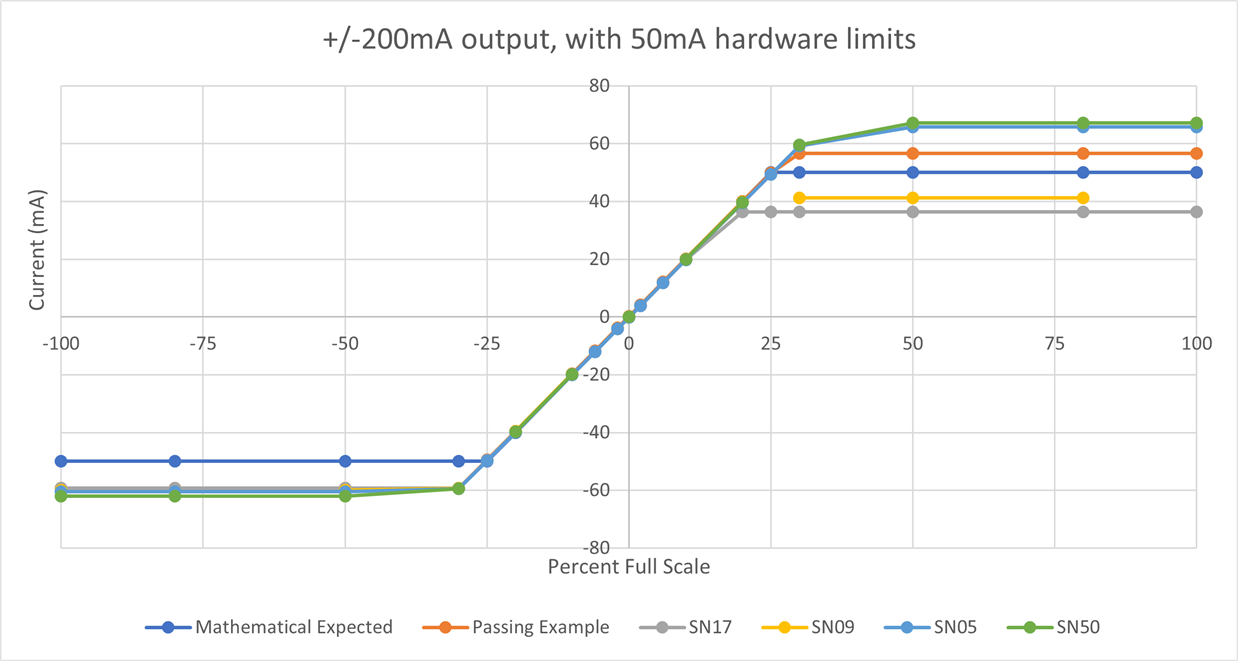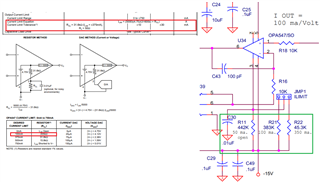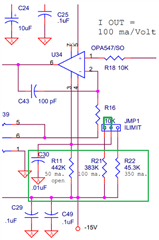Other Parts Discussed in Thread: INA106
We are using the OPA547 as part of a voltage controlled current source on an output card on one of our controller systems. We supply the OPA with +/-15V. We have three resistors, configurable via a jumper, to select RCL. The configuration in question (the only one we currently use and test for) is 442kohm, which limits the current to 50.15mA (50mA). For our purposes, a card will pass if it properly limits current to 50mA, +/-10mA.
We recently received a batch of these boards and several fail our tests due to currents either lower than 40mA or greater than 60mA. What are the current limit tolerances on the OPA547 with respect to the value(s) of RCL assuming a constant supply voltage? The datasheet tells us on page 3 that when the current limit is set to 375mA that the maximum deviation is +/-30mA. Assuming a linear relation (this might be the problem), extrapolating down to 50mA results in a tolerance of +/-4mA, which is much smaller than the values we sometimes read.
Below is the section of the schematic in question. VOUT is generated via an ADC which outputs +/-10V through a digital potentiometer which sets the gain to the appropriate value to reduce the voltage accordingly (VOUT is also used for a voltage controlled voltage source that must output up to +/10V, not shown).
Perhaps our problem is not because of the tolerance, but some other issue; if you see anything else that could cause our test to fail, let us know.



